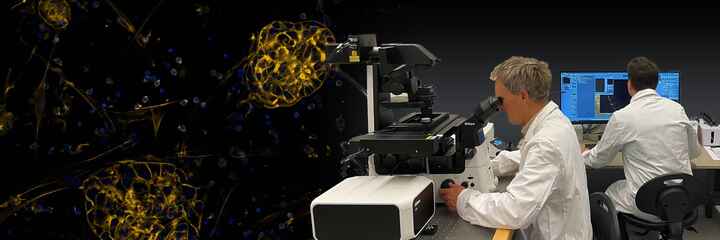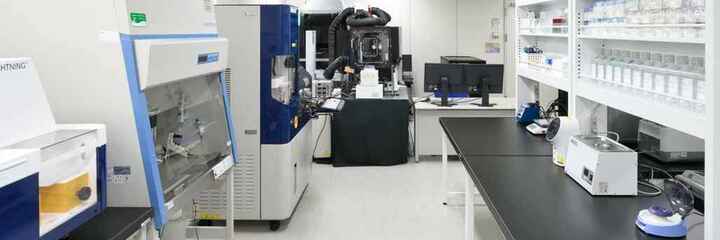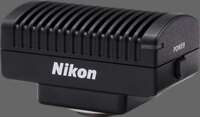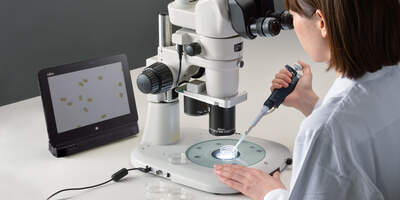
Incredible sharpness throughout a wide magnification range.
The SMZ1270/1270i offers the highest-in-class zoom ratio of 12.7x (0.63 - 8x).
It offers wide viewfield at low magnification, enabling easy confirmation of observation targets, while its cutting-edge optics provide bright and sharp images through the entire viewfield. The SMZ1270i is also equipped with intelligent functions that enable automatic detection of magnification data.

Key Features
Highest-in-class zoom ratio
The SMZ1270/1270i offers the highest-in-class zoom ratio of 12.7x (0.63 - 8x). It offers both low-magnification wide viewfield observation of the whole of a 35 mm petri dish* during screening and high-magnification observation of minute cell structures.
* With 1x objective at the lowest magnification.
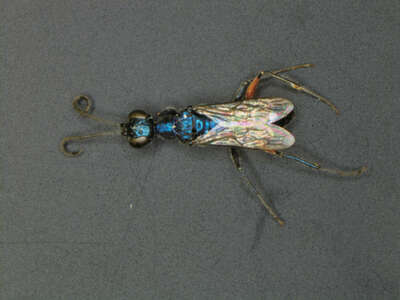
0.63x zoom
Sample: Ampulex
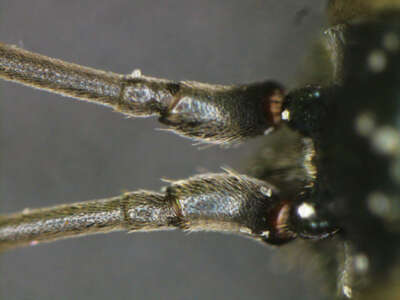
8x zoom
High-level chromatic aberration correction
Apochromat optics have been adopted for the lenses in the SMZ1270/1270i zoom body to achieve high-level chromatic aberration correction. They provide sharp images without blur or color fringe.
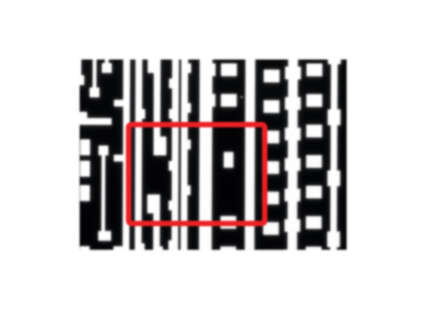

Apochromat optics
(captured with SMZ1270+Plan App 1x/WF)
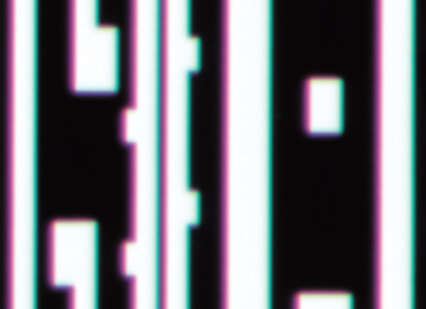
Conventional optics
Newly developed objectives
The newly developed WF series objectives offer uniformly bright images even at low magnification and wide viewfield observation when used with the SMZ1270/1270i. In addition, a 0.75x objective is now available, expanding the lineup of low magnification objectives.
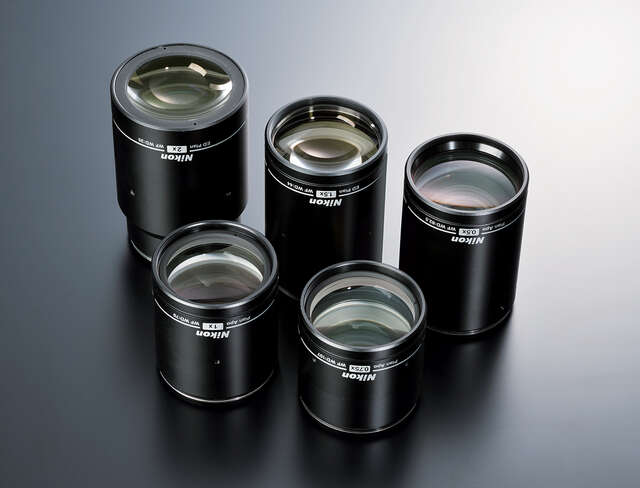
Intelligent function for status readout
In combination with the imaging software NIS-Elements, the SMZ1270i can detect zoom magnification data. In addition, with the Intelligent Nosepiece P-RNI2 attached, data related to the objective in use is also detected. Calibration data is automatically altered, following changes of magnification, to display the appropriate scale and measurement results on the images.

On-axis observation with the nosepiece
The double nosepiece offers easy on-axis imaging, enabling observation of the bottom of holes, accurate simple measurement and extended depth-of-focus (EDF) imaging without distortion.
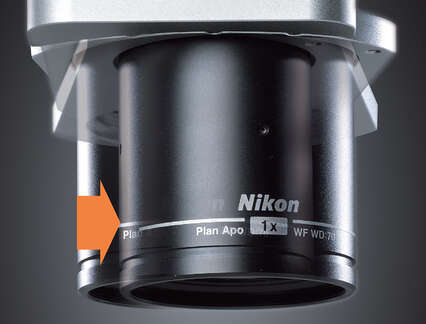
On-axis view

Without nosepiece
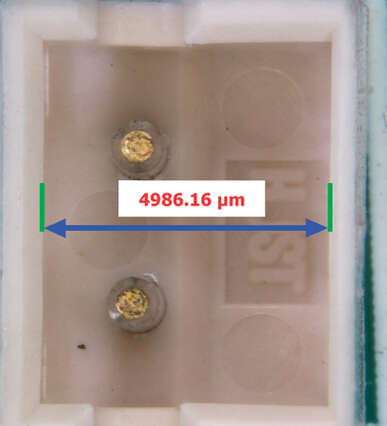
On-axis imaging
Ergonomic design
Eyepiece tubes with a range of inclination angles are available for comfortable observation. They offer the optimum eyelevel for each user. In addition, slim-type plain stands and the LED Diascopic Illumination Stand easily facilitate the presentation and removal of specimens.

Observation posture
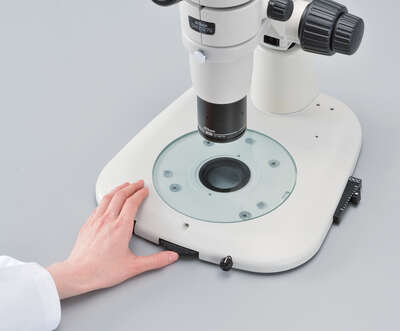
With the LED Diascopic Illumination Stand and Fiber Diascopic Illumination Stand, focus control during observation is possible using the dial in front of the base.
Expandable with a wide range of accessories
In addition to basic optional accessories, the same high level of accessories used with superior models are also available for these models. These include trinocular tubes and slim-type LED diascopic illumination stands. These allow various microscope configurations to suit numerous routine inspections and a range of research and development applications.
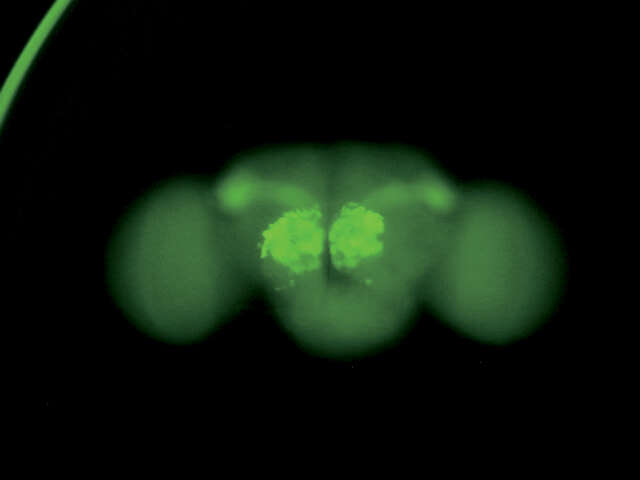
Sample: Brain of adult Drosophila expressing GFP.
Image courtesy of Hokto Kazama, Ph.D., Circuit Mechanisms of Sensory Perception, Brain Science Institute, RIKEN
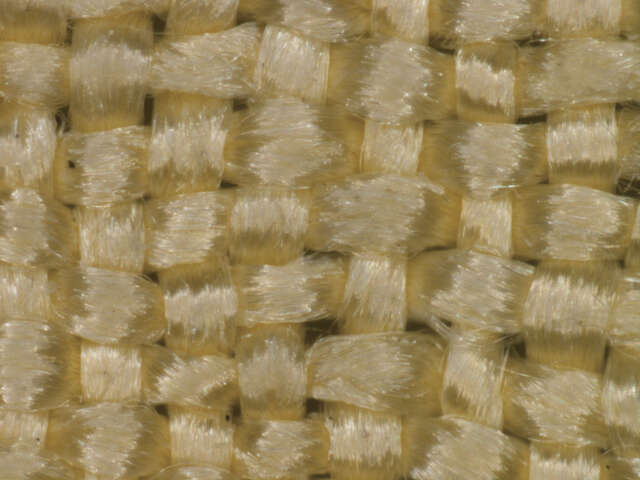
Sample: Fibers

OCC illumination
Sample: Hemicentrotus pulcherrimus in two-cell stage.
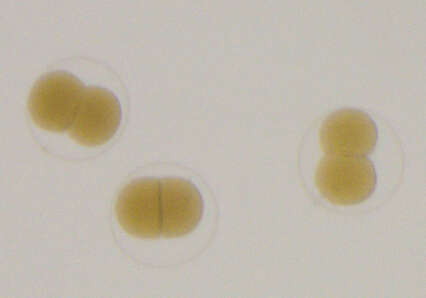
Diascopic brightfield illumination
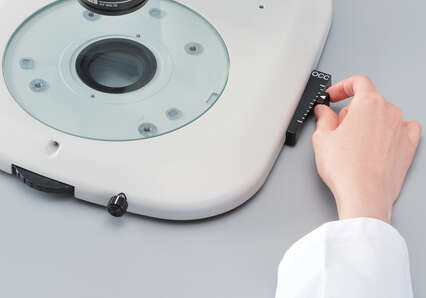
With the LED Diascopic Illumination Stand and Fiber Diascopic Illumination Stand, image contrast under OCC illumination can be easily adjusted.


